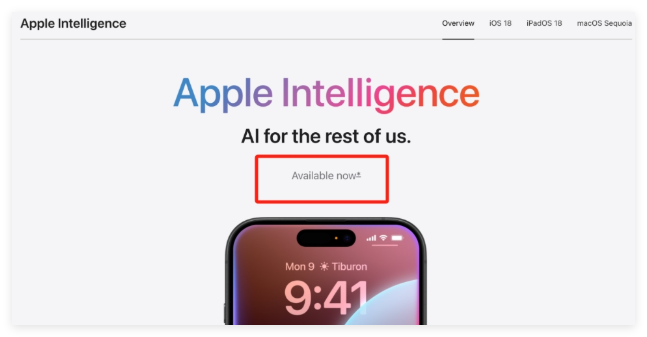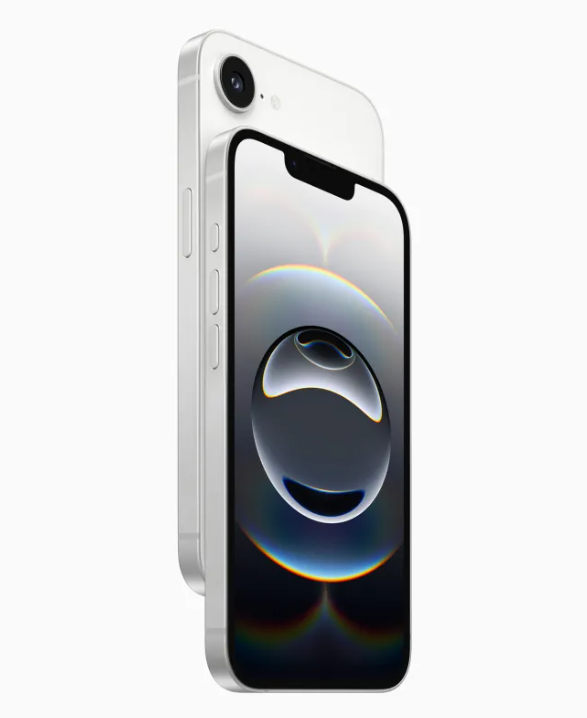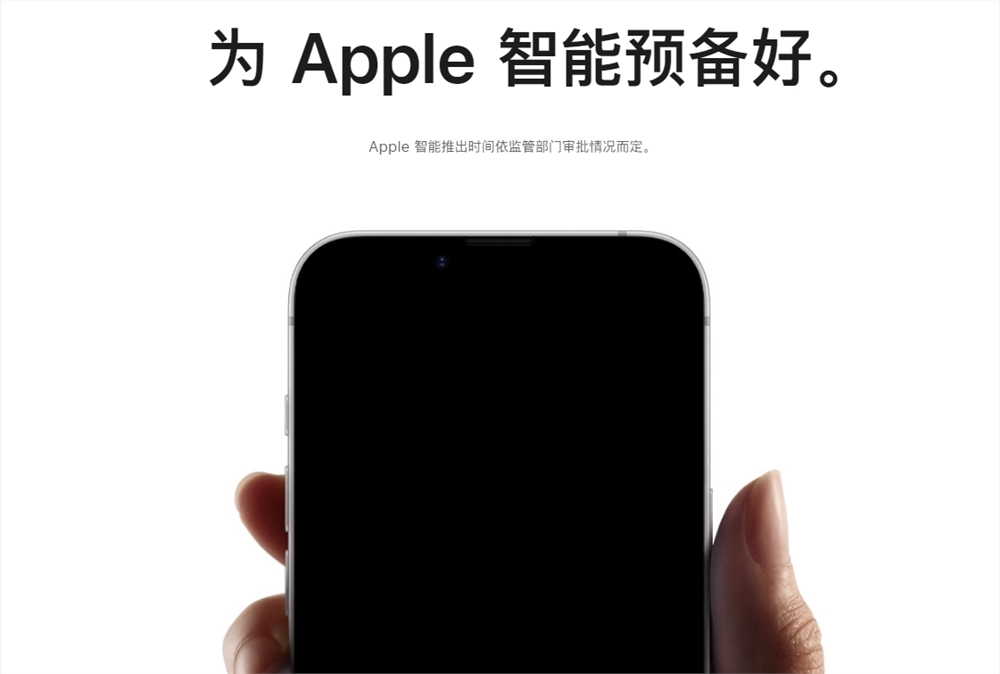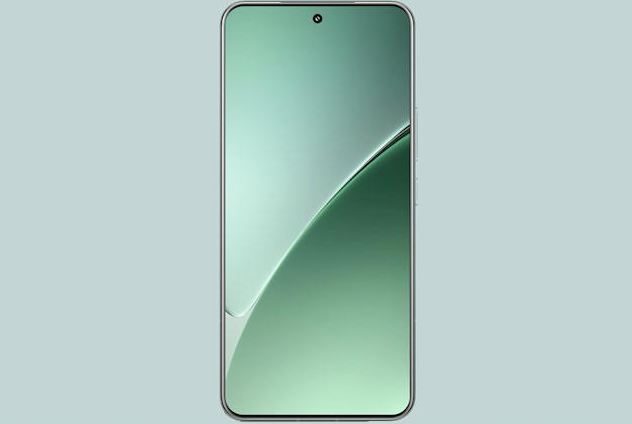At the recent iPhone16 launch event, Apple Inc. showcased not only the new iPhone, AirPods, and Apple Watch Series10 but also introduced an AI-driven Visual Intelligence feature for the first time. This new feature equips the iPhone's camera with capabilities similar to Google Lens, offering a smarter photography experience.
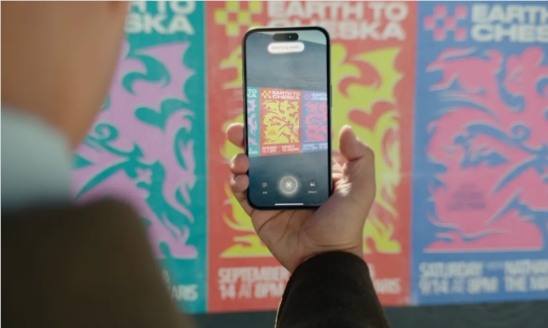
Apple's Visual Intelligence feature allows users to capture objects around them, such as menus or restaurant signs, through photography and then use the iPhone's AI technology to search for and provide more relevant information. Users simply need to open the camera, take a photo of the item they wish to identify, and the iPhone will quickly process and provide feedback.
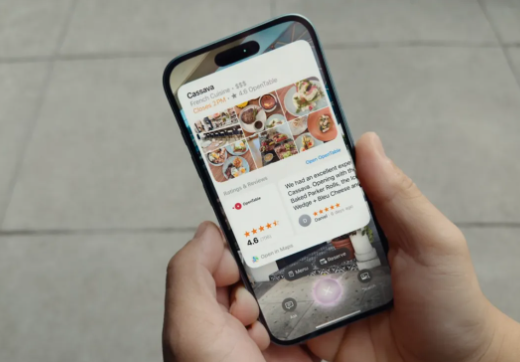
Additionally, Apple emphasized data privacy. User-captured data will be stored in Apple's private cloud computing, ensuring security. However, if users wish, they can also choose to integrate with third-party services. For example, users can opt to directly search for the captured content on Google, similar to opening Google Lens within the camera app.
More interestingly, Apple has also introduced integration with ChatGPT. Users can allow ChatGPT to process image data captured through the camera to obtain more detailed information and suggestions. All of this requires users to choose whether to enable the corresponding permissions based on their needs.
It's worth noting that although pre-orders for the iPhone16 and iPhone16Plus have started at prices of $799 and $899 respectively, the Visual Intelligence feature will not be available immediately. Apple stated that these AI features will begin rolling out in test versions next month, with more features to be added over the following months.
Key Points:
🌟 Apple's introduced Visual Intelligence feature allows the iPhone camera to perform visual searches like Google Lens.
🔒 User data is stored in Apple's private cloud computing, ensuring privacy and security.
🤖 Future integration with third-party applications like ChatGPT for obtaining more information is possible.

